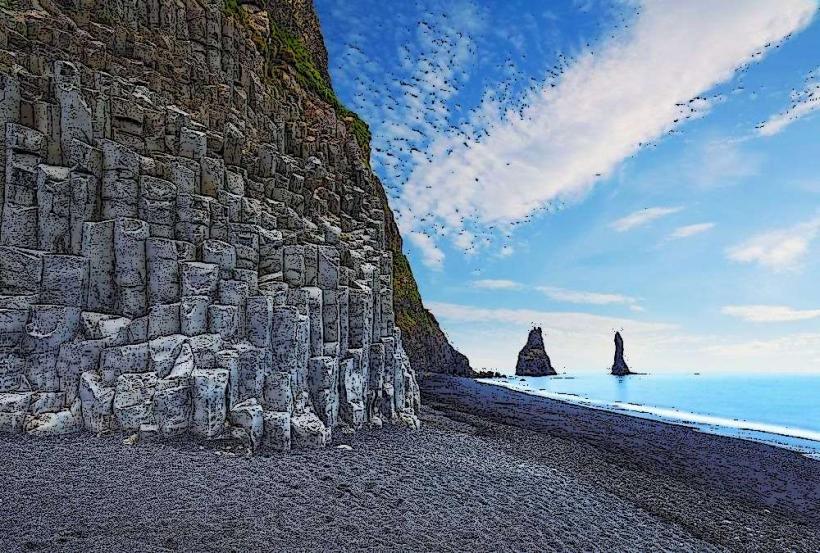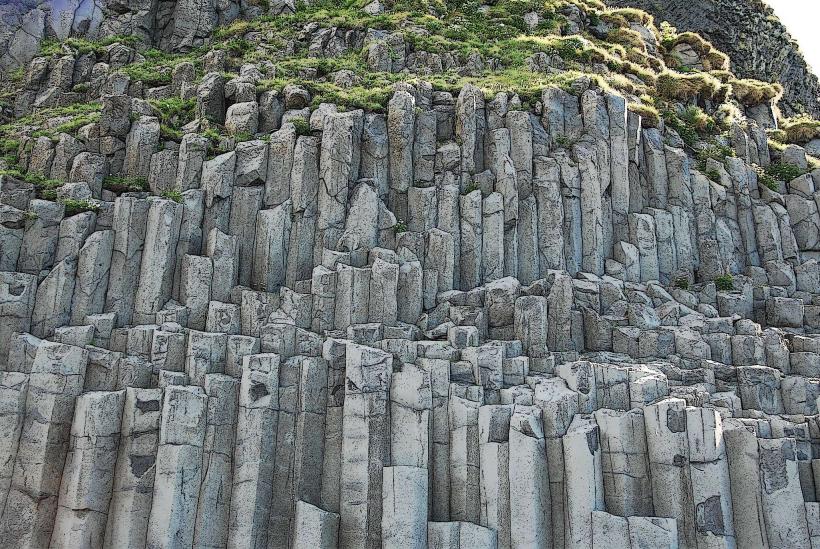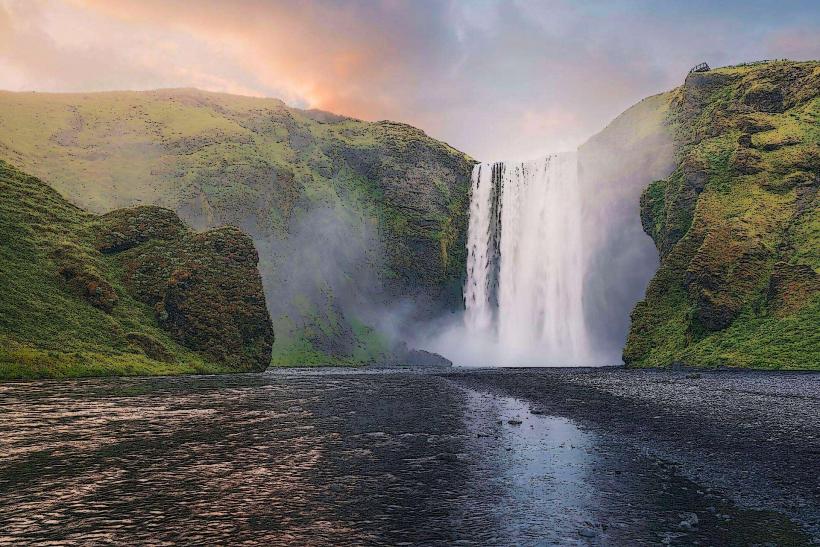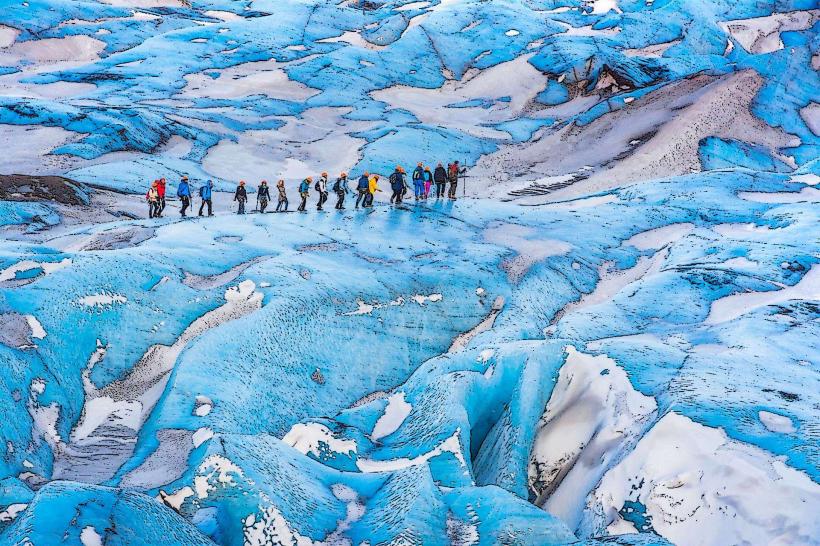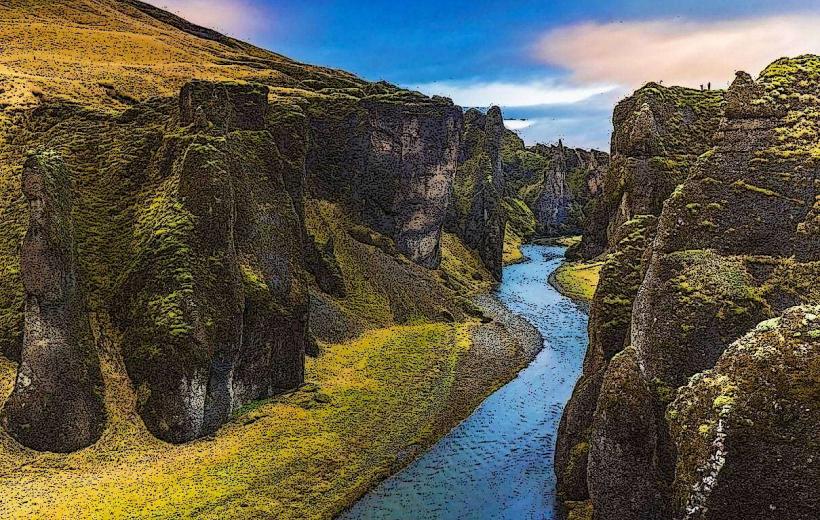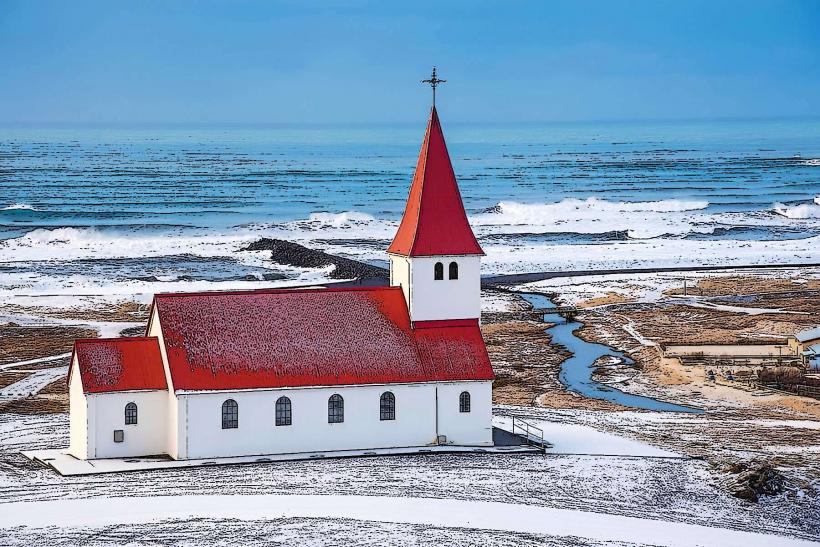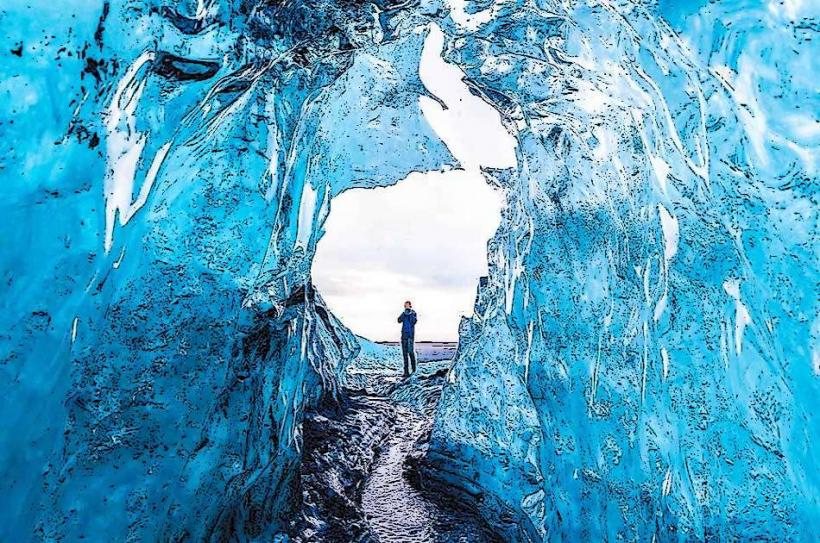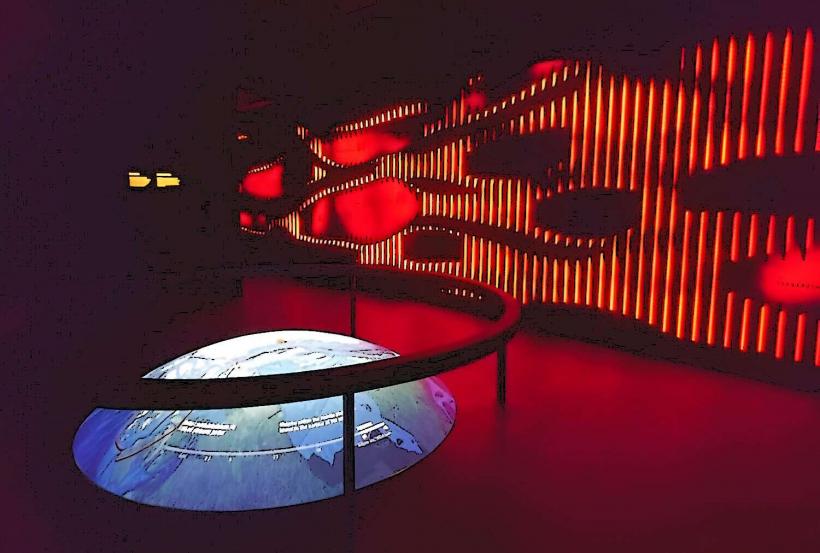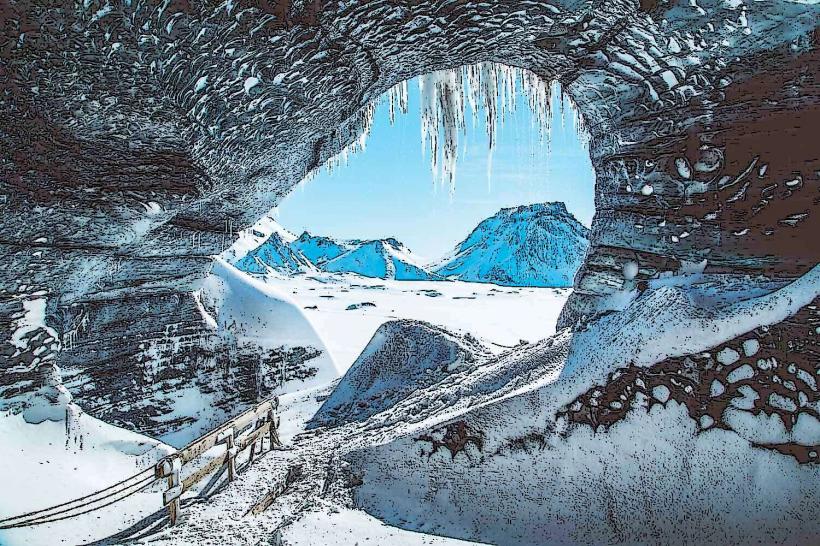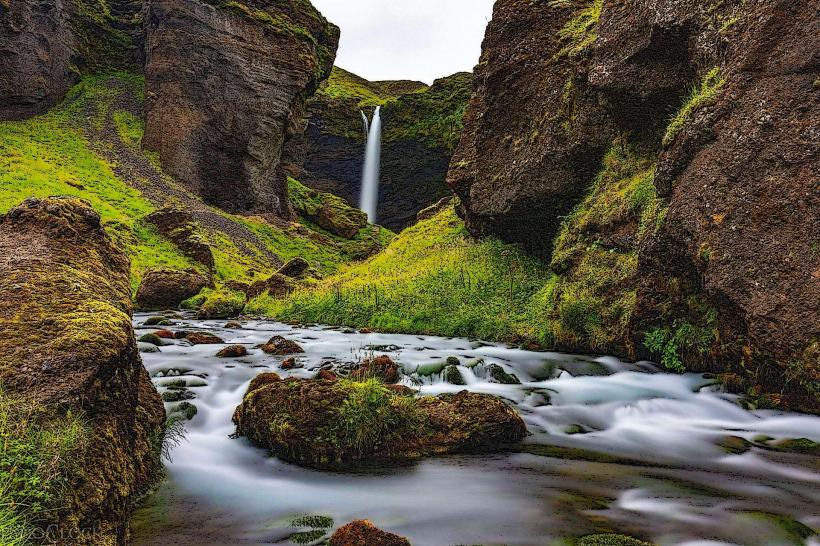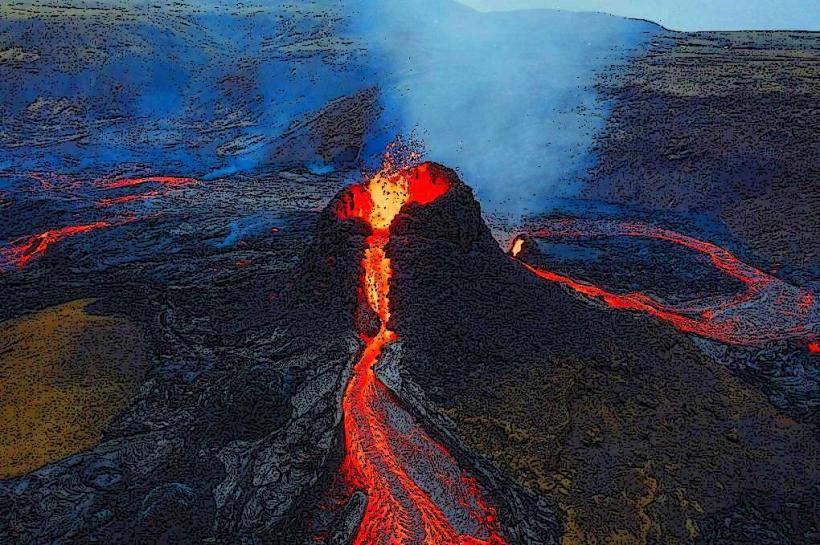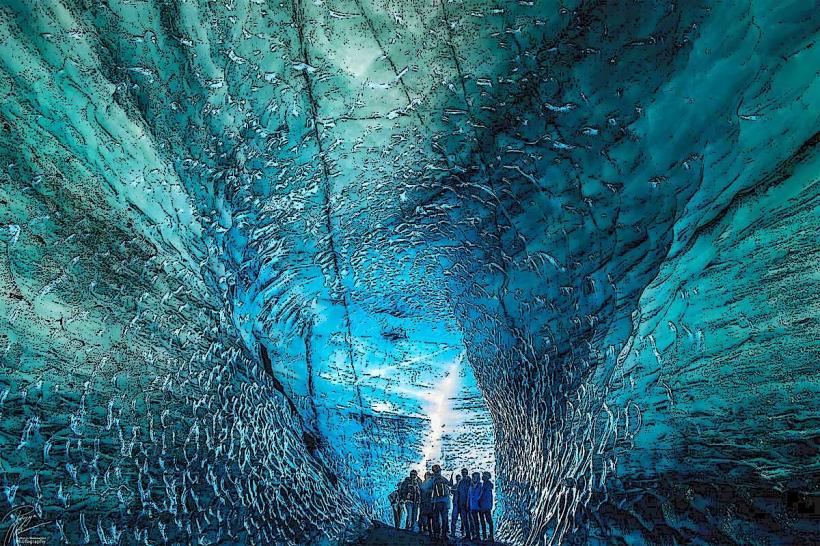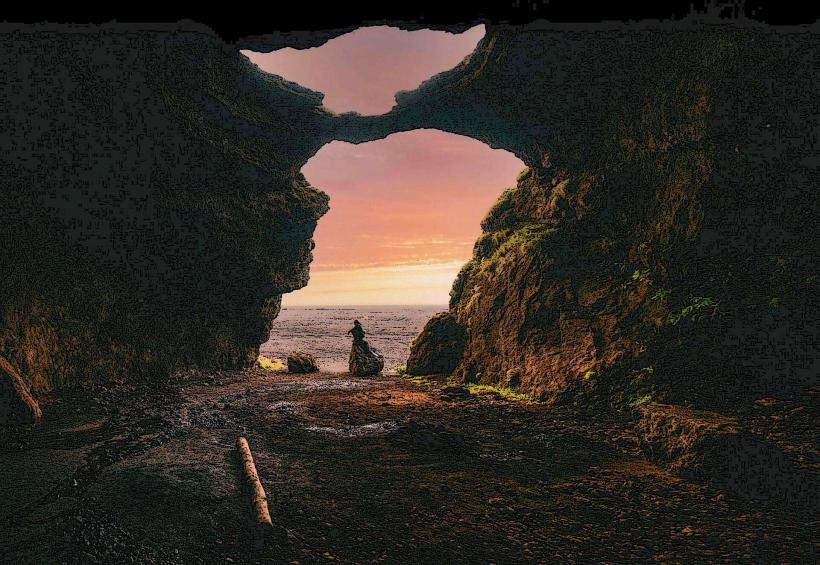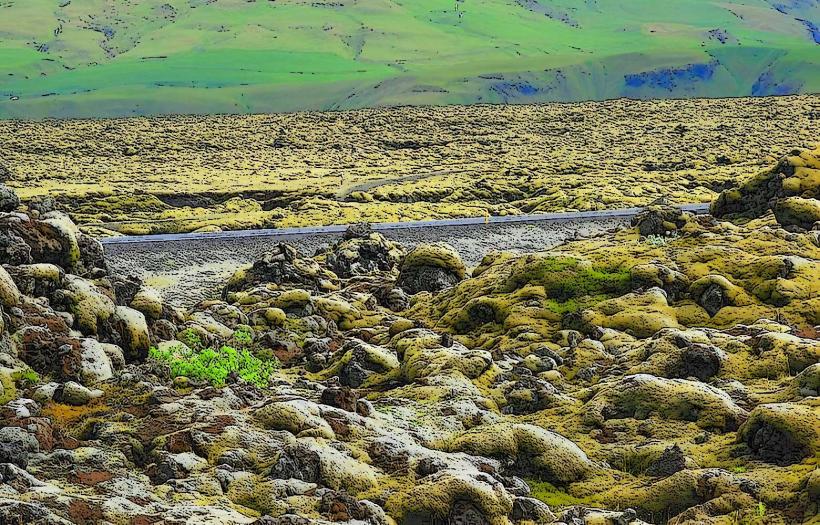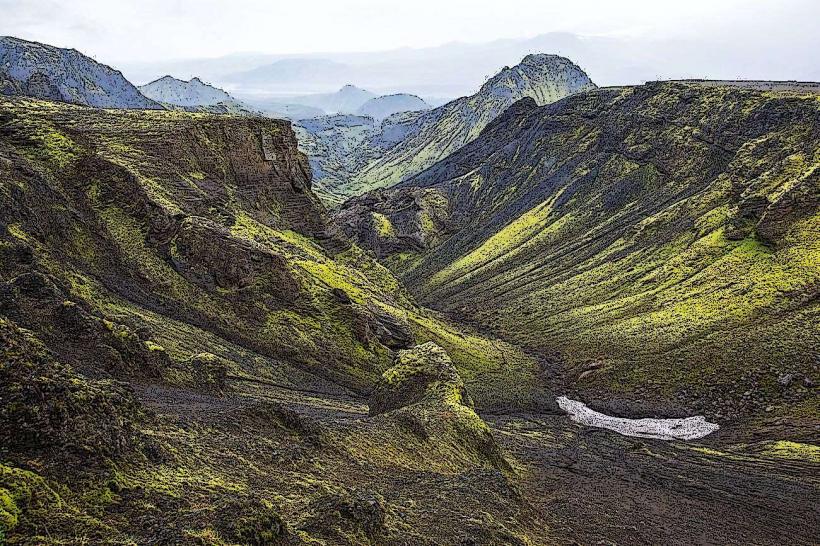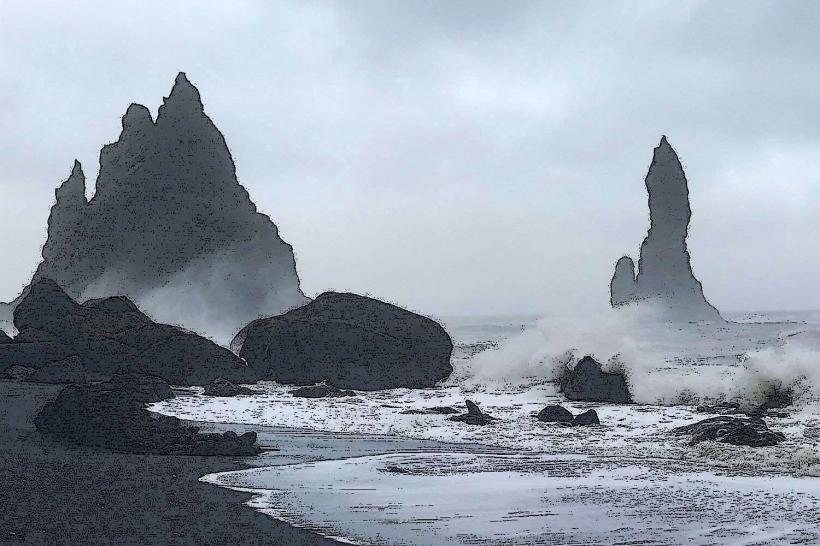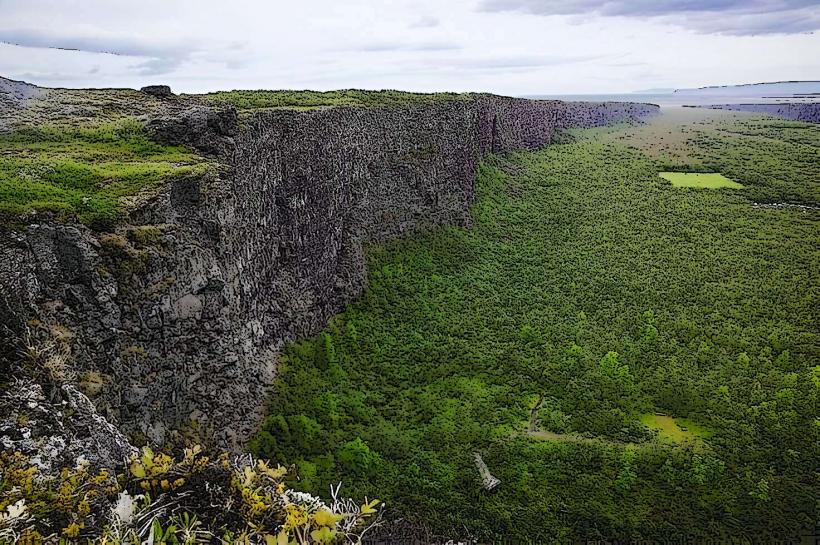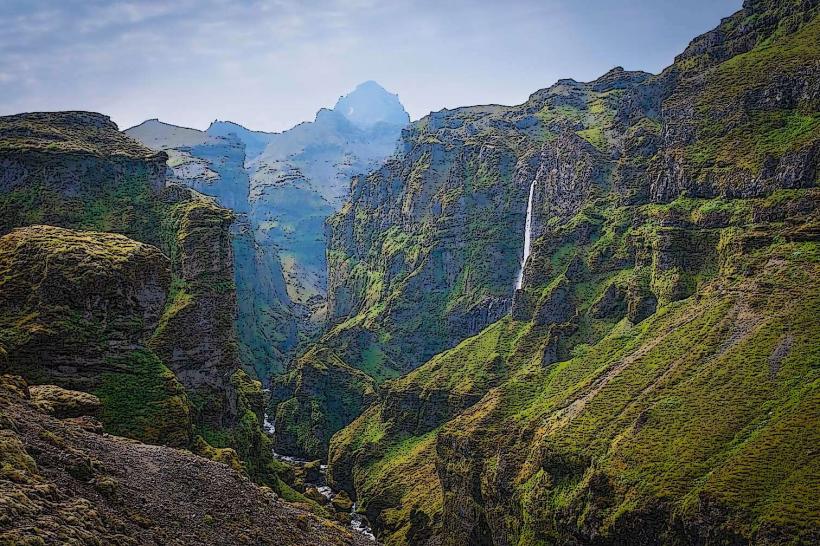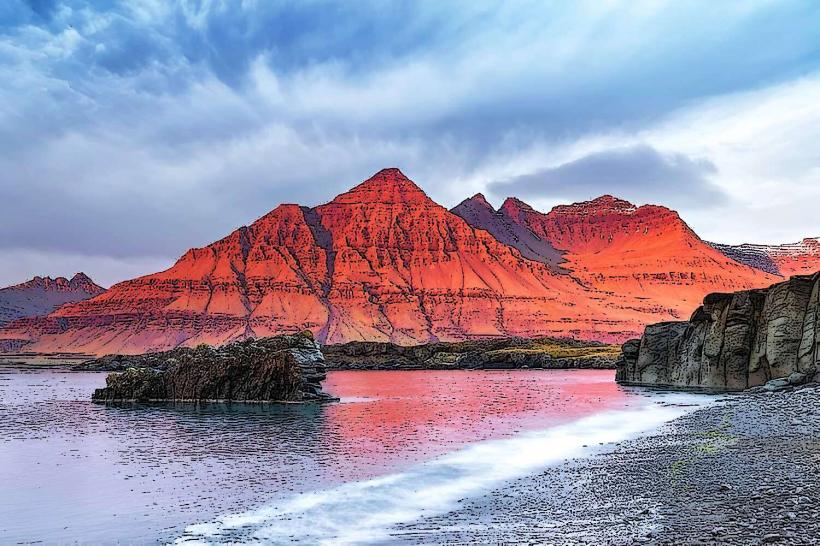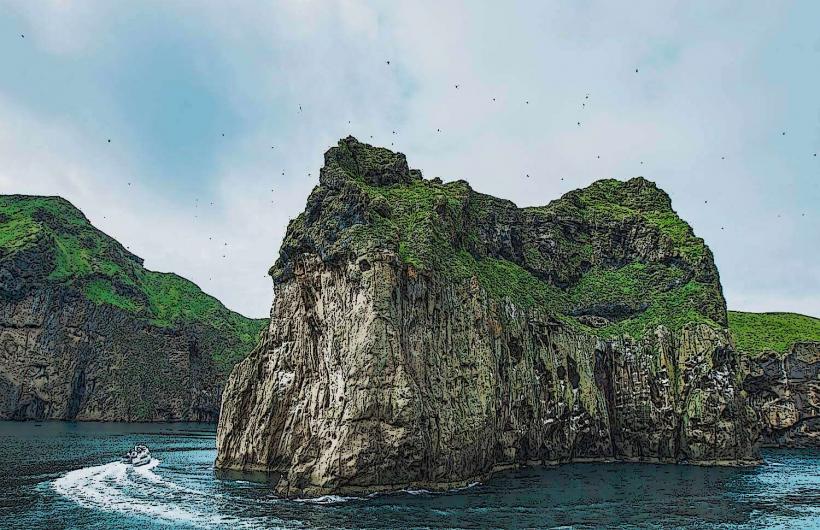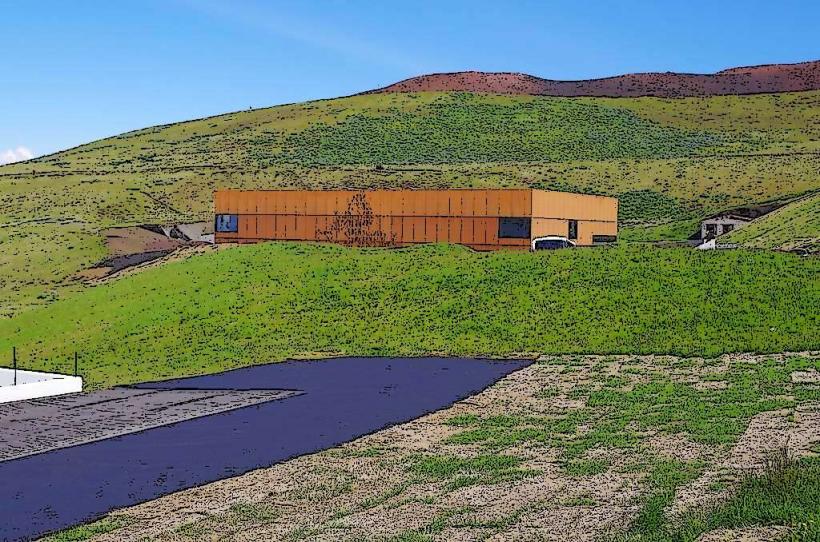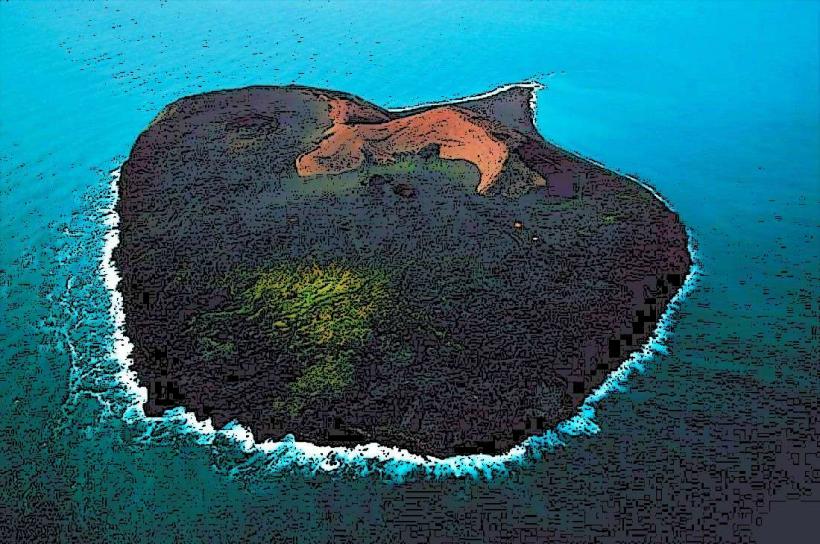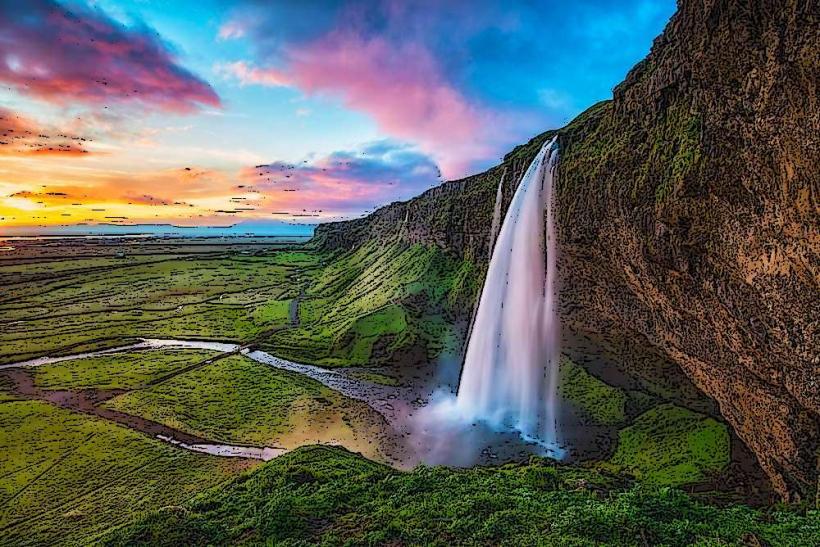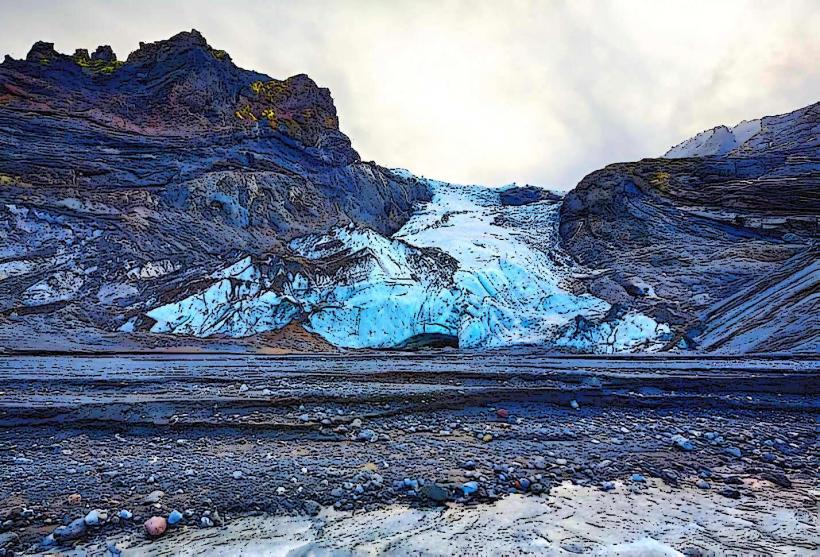Information
Landmark: Skogar MuseumCity: Vik
Country: Iceland
Continent: Europe
The Skógar Museum is one of Iceland's most comprehensive and well-curated museums, located in the village of Skógar, near the famous Skogafoss Waterfall in southern Iceland. The museum provides an in-depth look at the history, culture, and heritage of Iceland, showcasing a vast collection of artifacts from various periods of Icelandic life.
Overview
The Skógar Museum is not a single building but a collection of several structures, including both indoor exhibits and outdoor displays. It is renowned for its extensive and diverse collection, which spans from traditional Icelandic culture to more modern aspects of life in Iceland. The museum is particularly popular for visitors who are traveling along Iceland’s southern coast, as it offers insights into the nation’s rural history and the role of agriculture, fishing, and natural resources in Icelandic society.
Museum Sections and Exhibits
Indoor Exhibits:
The main building of the museum houses a wide range of collections, including:
- Farming Tools and Equipment: This section showcases the traditional farming tools used by Icelandic farmers, such as plows, harrows, and other implements. It offers a look into the harsh conditions of Icelandic farming and how Icelanders adapted to the challenging environment.
- Historical Artifacts: There are displays of everyday items used by Icelanders in the past, including clothing, household objects, and personal belongings. The exhibit highlights the daily life of Icelandic people, particularly those living in rural areas, and how they managed to survive in a tough environment.
- Fishing and Maritime Tools: Iceland has a long history of fishing, and this section of the museum highlights the tools and methods used by Icelandic fishermen. The exhibits include models of fishing boats, nets, and other maritime equipment that show how fishing was vital to the economy and sustenance of the country.
- Cultural and Religious Art: The museum has a collection of religious artifacts, including old church items and folk art, reflecting Iceland’s cultural and religious heritage. It includes paintings, crosses, and textiles that reflect Iceland's Christian traditions, particularly from the 19th and early 20th centuries.
Outdoor Exhibits:
The Skógar Museum also includes a collection of traditional turf houses and buildings that were used by Icelanders in earlier centuries. These historic buildings are preserved as part of the museum and provide visitors with a unique insight into the architectural history of the country. Some of the key outdoor exhibits include:
- Turf Houses: The museum is home to several traditional Icelandic turf houses, which were used by Icelandic farmers for shelter in the past. The turf houses are an iconic part of Iceland’s architectural history, built using local materials such as turf, stone, and wood. Visitors can explore the houses, which are furnished to reflect how people lived in the 19th and early 20th centuries.
- Old Icelandic Farm Buildings: The outdoor displays also include various structures such as barns, storage buildings, and workshops, each offering a look into traditional farming life. These buildings are placed on the museum grounds, providing a glimpse into the rural landscape where Icelandic farmers once lived and worked.
The Museum's Collection on Icelandic Nature:
- Icelandic Wildlife: The museum also contains exhibits on Iceland’s natural environment, including displays of Icelandic wildlife. Visitors can learn about the various animals and birds native to Iceland, with a focus on species that have historically been important to Iceland’s people, such as sheep, horses, and birds like the puffin.
The Aviation Section:
One of the more unique sections of the Skógar Museum is its aviation exhibit, which includes items from Iceland's aviation history, including models of early aircraft and aviation tools. This exhibit showcases Iceland’s development in the field of aviation, from the early days of flight to more modern times.
Location and Accessibility
Address: The Skógar Museum is located in the village of Skógar, close to the famous Skogafoss Waterfall. It is about 30 kilometers (19 miles) west of the town of Vík í Mýrdal, along Route 1, making it a convenient stop for travelers exploring the south coast of Iceland.
Opening Hours: The museum is typically open year-round, though its hours may vary depending on the season. It is recommended to check in advance during the off-season months for potential changes in operating times.
Admission Fees: There is a small admission fee to visit the museum, though it is generally affordable. The museum also offers discounts for students, seniors, and families. The cost is reasonable considering the wide range of exhibits and the extensive collection available to visitors.
Educational Value
The Skógar Museum is not only a great way to learn about Iceland’s history and culture, but it also serves as an important educational resource for those interested in Icelandic traditions, rural life, and the country’s natural heritage. It’s a fantastic place to stop for anyone traveling in southern Iceland, offering visitors a chance to step back in time and experience the country’s history through a diverse range of exhibits.
Nearby Attractions
The Skógar Museum is conveniently located near other popular attractions in southern Iceland, making it easy to combine a visit with nearby destinations:
- Skogafoss Waterfall: One of Iceland’s most iconic waterfalls, Skogafoss is just a short walk from the museum. The waterfall is an imposing 60 meters (197 feet) tall and offers opportunities for hiking and stunning views.
- Reynisfjara Beach: A short drive from Skógar, Reynisfjara is a dramatic black sand beach famous for its basalt columns, sea stacks, and powerful waves.
- Eyjafjallajökull Volcano: Eyjafjallajökull, the volcano that erupted in 2010, is also close by, and visitors can explore its surrounding areas and learn more about its eruption and impact on Iceland.
Conclusion
The Skógar Museum is a fantastic destination for those looking to gain a deeper understanding of Iceland’s cultural, historical, and natural heritage. Its wide range of exhibits, from traditional farming tools and folk art to historic buildings and aviation history, makes it one of the most diverse and interesting museums in Iceland. It is a must-visit for anyone traveling along Iceland’s south coast, especially for those interested in Icelandic history and rural life.

